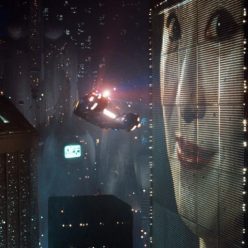After experimenting with text to speech voice narration in my film:
I felt the addition of voices took away from the film’s visuals, and i wanted to shift the focus back to them. I tried leaving the film silent, but felt an ambient, simple track might better suit the tone.
I decided to take inspiration from Ryoji Ikeda once again, specifically his album Dataplex, and try to make a simple soundtrack myself. Ikeda typically works with the highest and lowest registers of human hearning, and while this isnt something i want to do myself, a subtle, quiet track would be ideal.
I used FruityLoops Studio, software recommended to me by a friend, and experimented with what i could do using audio clips from the footage and the narration alongside virtual instruments. This was a completely new process for me but one i think became a fascinating learning experience, and i believe the result will much better match the tone and concept of the film.


